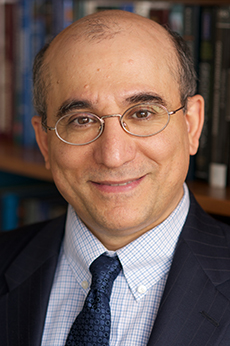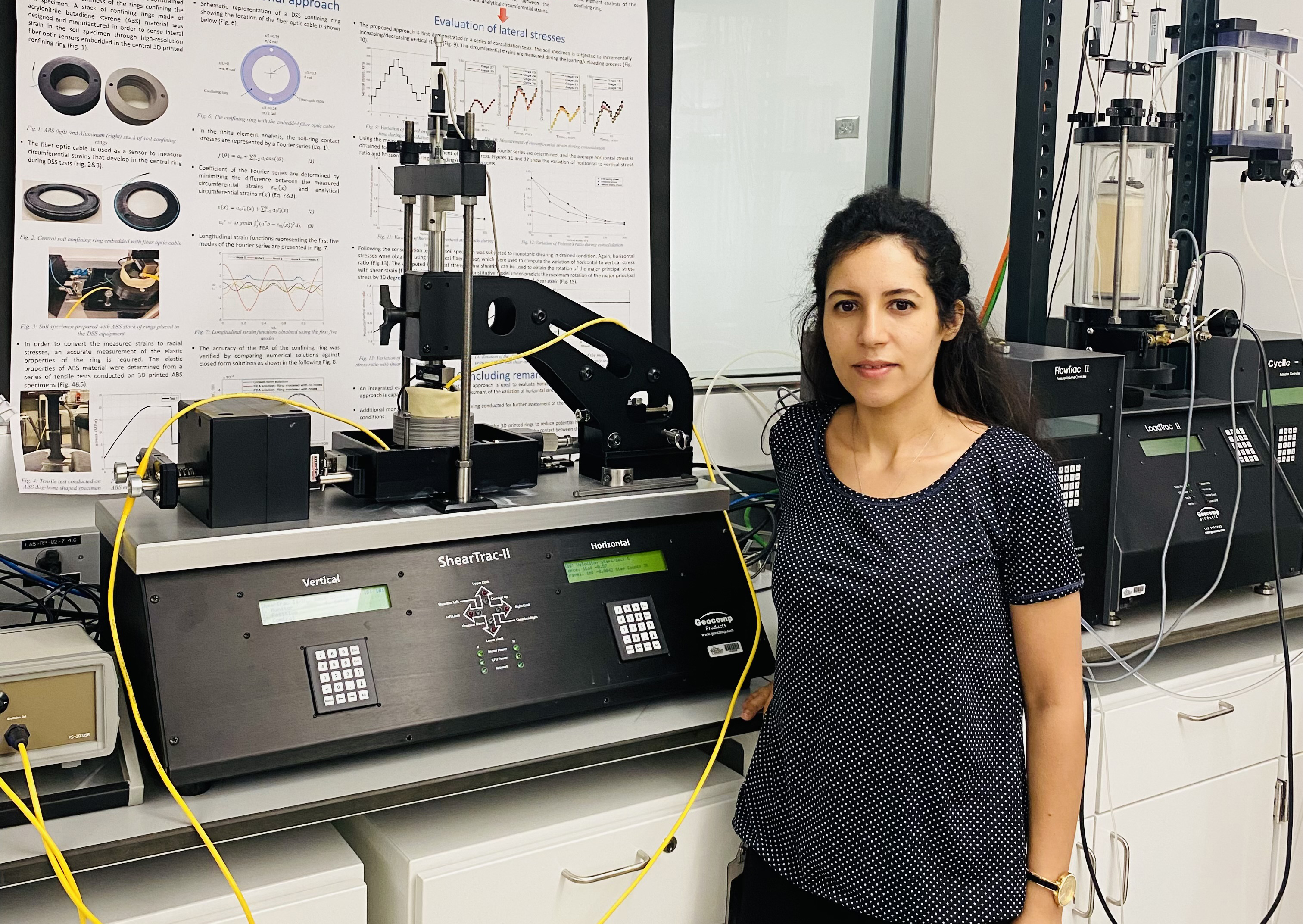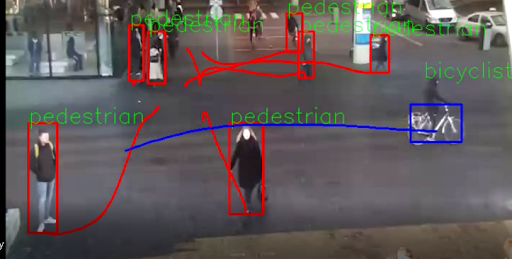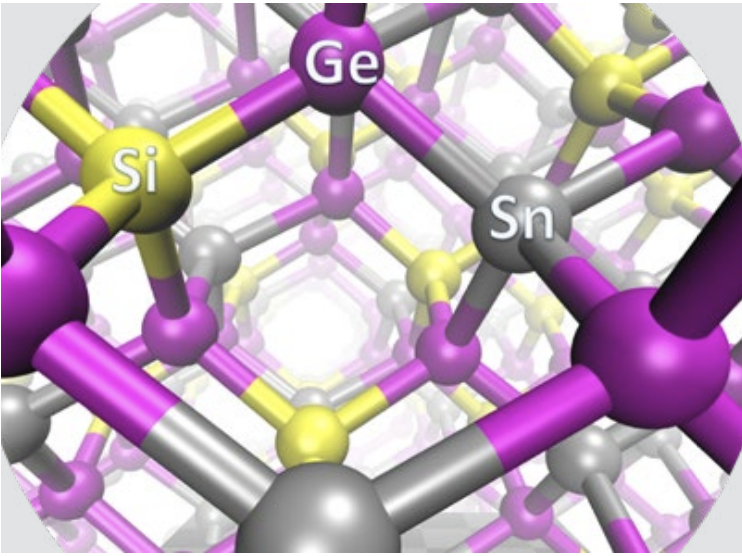Engineering of Civil Infrastructure: Integrating Arts, Science and Technology
LETTER FROM THE DEPARTMENT CHAIR
As we reflect on the challenges the world is facing with respect to emerging infectious diseases, climate-related disasters and natural hazards, the complementary roles of arts, sciences, and technologies in creating a safe, pleasant, resilient, and sustainable world have become increasingly apparent.
To prepare the next generation of civil engineers who can help address these challenges, we have just started a newly revised undergraduate curriculum that aims to facilitate the students’ desire to explore complementary minors in arts, sciences, and other engineering disciplines. As this new approach to undergraduate programs is evolving, the CEE faculty and students at GW continue to achieve milestones that positively impact our communities.
Building on a long-standing research collaboration with the largest advanced wastewater treatment facility in the world, our environmental engineering faculty and students have been working to understand the interaction of microbes with nanomaterials, and to leverage these interactions for control and remediation of environmental pollution, and prevention of infectious diseases.
In a recent project, CEE faculty and student have developed nanofiber fabrics for masks and air filters designed to sift out and neutralize the COVID-19 virus. Motivated by the mechanical efficiency and elegance of human joints, the structural engineering researchers at GW developed an innovative self-centering shear wall system to provide significantly improved seismic resistance of high-rise structures.
Our geotechnical engineering researchers are leading a major international research collaboration to uncover the effects of soil liquefaction on the response of water-front structures during earthquakes. The CEE transportation engineering team is leveraging a range of advanced technologies to build the first testbed of a smart city in the Nation’s capital. CEE faculty and students are also developing innovative data assimilation, optimization, and numerical modeling techniques to understand and predict the effects of climate change on the built environment.
In all these efforts, our main goal is to contribute to building a better world for everyone.
Majid T. Manzari, Ph.D.
Professor and Chair,
Department of Civil and Environmental Engineering
FACULTY HIGHLIGHTS
Professor Leila Farhadi is interested in understanding and modeling the hydrological cycle and the land-atmosphere interaction and exchange processes by developing and utilizing innovative optimization and numerical modeling techniques. Her research group activities span from large-scale modeling of the exchange of heat, moisture, and carbon fluxes between the land and the atmosphere to small-scale particle modeling of free surface flows. Her most recent NSF research focuses on mapping the linkages between the land water, energy, and carbon cycle. Lack of direct observations that can quantify these linkages, result in uncertain projections from hydrologic, ecological and climate models. Using satellite information on land surface state measurements of moisture, temperature and vegetation index, this project applies a novel observation-driven approach to diagnose and quantify the linkages at regional scale and across different seasons, ecological and environmental conditions.
The focus of Prof. Farhadi’s active NASA project is on the regional mapping of evapotranspiration and recharge flux. These two critical fluxes of the water cycle play a pivotal role in global water, energy and biogeochemical cycles, crop productivity, sustainability of aquifers and climate. Regional characterization of these fluxes is needed for the current and foreseeable range of applications in water resources engineering. However, there are no direct measurements that can allow any global or regional estimation of these fluxes. The goal of this project is to map the patterns and dynamics of these flux using land surface state observations that are widely available across a range of scales from remote sensing.
Professor Yun Shen started a position of assistant professor in the Department of Civil and Environmental Engineering at GW on September 1, 2022. Her research is tackling the challenges on Solutions to Health-Environment Nexus (SHEN). In particular, she is investigating the transmission and control of environmental pathogens, including the transfer, persistence, infectivity/ virulence, and inactivation/removal of pathogens in a variety of environments (i.e., wastewater, drinking water, soil, and indoor air). She is also investigating the interactions between pathogens and other emerging contaminants (e.g., microplastics) in environment. Her research is supported by NSF, EPA, USDA, and NIH.
Prior to joining GW, Prof. Shen was an assistant professor in Chemical and Environmental Engineering at University of California, Riverside from 2020 to 2022. She got her PhD degree in Environmental Engineering at University of Illinois at Urbana-Champaign in 2016. After that, she had her postdoctoral training at University of Michigan from 2016-2019. She was an awardee of Alfred P. Sloan Foundation Microbiology of the Built Environment Postdoctoral Fellowship. She published more than 20 peer-reviewed articles on Environmental Science and Technology, Environmental Science and Technology Letters, and other journals. She also got the AWWA WQTC Student Bet Paper Award in 2015, and AEESP Conference Podium Presentation Award in 2017. In addition, she served as session chairs/organizers in 2020 MRS Fall Meeting, 2017 AEESP Conference, and 2015 IWA Biofilm Conference. Moreover, she is passionate on promoting students from underrepresented groups (e.g., female and minority) in her teaching and research.
LIQUEFACTION EXPERIMENTS AND ANALYSIS PROJECTS (LEAP)
Professor Majid Manzari is leading an international research collaboration among three universities in the US (GW, UCD, and RPI) and 8 universities and research centers in the UK (Cambridge U.), France (Gustav Eiffel U.), Japan (Kyoto U., Ehime U., Tokyo Institute of Technology), South Korea (KAIST), China (Zhejiang U.), and Taiwan (National Central U.). In the past six years, over 80 centrifuge experiments and 120 element tests were conducted to investigate the seismic response of critical civil infrastructure systems in the presence of soil liquefaction. Dozens of researchers and practitioners from 11 countries in three continents have been using the results of these experiments to assess the validity of advanced constitutive and numerical modeling techniques that are used in geotechnical earthquake engineering.
The project is funded by the US National Science Foundation and the corresponding funding agencies in the participating countries. Building on the success of LEAP-GWU-2015, LEAPUCD-2017, LEAP-Asia-2019 and LEAP-RPI-2020 projects, LEAP-GWU-2022 is focusing on the seismic response of water-front structures in liquefiable soils. The upcoming LEAP-GWU-2022 workshop will be the latest of the LEAP workshops that is expected to attract over 100 participants from academia and geotechnical engineering industry. The LEAP projects have received worldwide attention as the premier research program on validation of geotechnical analysis. Many researchers from around the world have been using the LEAP experimental data and validation techniques in their work. As part of LEAP-GWU-2022 project, Sarra Lbibb, a PhD student in CEE, investigated the stress-strain-strength of liquefiable soils. The results of her experiments are being used by a large number of researchers in an international blind prediction exercise. Professor Manzari has given invited themes lecture at the 7th International Conference on Geotechnical Earthquake Engineering in July 2019, Fourth International Conference on Performance Based Design in 2022, and a keynote lecture in the 2022 World Conference on Computational Mechanics.
ROADWAY USER BEHAVIOR MODELING IN A SMART CITY ENVIRONMENT
The monetary cost of roadway collisions in the United States in 2020 was $474 billion. In urban centers, multiple solution approaches have been suggested to reduce the human errors behind most of these collisions and their associated congestion. These solutions include wireless communication and connectivity in a smart highway system. One research approach bridges the gap between human decision-making and wireless communications is modeling roadway users and road technologies through micro-economic theories.
These theories account for uncertain perception and decision processes and incomplete and unreliable flow of information. Professor Samer Hamdar adopts prospect and game theories to capture different risk-taking tendencies. The proposed framework allows for the consideration of perception subjectivity and judgement errors that may lead to unsafe walking and driving maneuvers with the possibility of collisions.
The modeling approach relies on a generalized two-dimensional prospect-theory formulation with three specific types of subjective utility functions. In terms of the information flow, a game theoretical formulation is adopted.
Game theory provides the foundation to capture the dynamic interactions between cyclists, drivers, and pedestrians with a n-person non-zero-sum cooperative game under incomplete information: this game represents decisions that are made when roadway users are uncertain about other users’ decisions leading to stochastic mandatory or discretionary maneuvers. These maneuvers depend on the willingness to take risks given available information. Automatic Video Detection algorithms are used to extract high-resolution trajectory data in complex urban settings. The trajectories allow calibrating the proposed micro-economic models while accounting for inter and intra-user heterogeneity.
DEVELOPMENT OF ELECTROSPUN NANOFIBROUS AIR FILTERS FOR CONTROLLING THE AIRBORNE TRANSMISSION OF SARS-COV-2
Airborne transmission of SARS-CoV-2 has been recognized as an important route for spreading COVID-19. SARS-CoV-2 aerosols could suspend, accumulate, and remain infectious in the air for a long duration up to hours. To reduce the transmission of SARSCoV-2 through aerosols, physical barriers like facemasks and indoor air filters have been successfully implemented. Electrospinning has emerged as a promising nanotechnology for developing non-woven, ultrafine nanofibrous membranes that are excellent for removing aerosols.
Professor Danmeng Shuai collaborated with Professor Yun Shen and developed electrospun nanofibrous membranes with a reduced fiber diameter and pore size to effectively capture coronavirus aerosols. Moreover, we incorporated photosensitizers into the electrospun nanofibrous membranes to capture-andkill coronavirus aerosols and droplets. The antimicrobial function of membranes allows easy disinfection of used facemasks and air filters under ambient conditions, i.e., under a desk lamp irradiation, and it promotes facemask reuse and significantly reduces health risks of coronaviruses.
With an ultrafine fiber diameter (~ 300 nm) and a small pore size (~ 2 μm), the optimized electrospun nanofibrous membranes caught up to 99.9% of the aerosols of the murine hepatitis virus A59 (MHV-A59), a coronavirus surrogate for SARS-CoV-2. We are one of the very first research groups who challenged air filters with real coronavirus aerosols. In addition, rose bengal was used as the photosensitizer for membranes because of its excellent reactivity for generating virucidal singlet oxygen, and the membranes rapidly inactivated 97.1% of MHV-A59 in virus-laden droplets only after 15 min of desk lamp irradiation. Singlet oxygen damaged the virus genome and impaired virus binding to host cells, which elucidated the mechanism of disinfection at a molecular level. These studies have been published in Environ. Sci. Technol. Lett., Environ. Sci. Tech., and ASC Environ. Au (as the front cover).
PROFESSOR TIANSHU LI’S NEW RESEARCH GRANT: ENERGY FRONTIER RESEARCH CENTER (EFRC)
Professor Tianshu Li has always been keen on exploring fundamental materials behaviors, but he also aims at transforming the knowledge to facilitate potential technology breakthrough. In this regard, Prof. Li’s recent discovery of short-range chemical order in silicon-germaniumtin (Si-Ge-Sn) semiconductor alloys directly initiates a $10.35 million Energy Frontier Research Center (EFRC) funded by the Department of Energy.
Using the state-of-art computational modeling, Prof. Li’s team recently unveiled a hidden short-range order beneath the nominal randomness of Si-Ge-Sn alloys. Excitingly, this finding also suggests a new route to enable new functions and devices that are hard to achieve through conventional approaches. Inspired by this prediction, a multidisciplinary team assembles to pursue this idea through this newly funded EFRC center which includes 10 institutions and 18 principal investigators. If proven feasible, the idea will expand the opportunity for a new low-cost, low-loss, reliable manufacturing microelectronics technology on a silicon platform. Supported by this EFRC center, Prof. Li will have the opportunity to not only deepen the understanding of short-range order and its impact in the key semiconductor alloys, but also work closely with experts in other domains to transform the knowledge to enable scaled-up, reliable, and cost-effective sequence of operations for manufacturing semiconductor structures and devices from the bottom-up.
In parallel, Prof. Li is also dedicated to expanding the knowledge base for crystal nucleation. His team is currently supported by two NSF projects: one where his team is developing software infrastructure for modeling crystal nucleation, and the other where Prof. Li collaborates with his colleague Prof. Xitong Liu to elucidate the coupling of inorganic scaling and organic fouling in reverse osmosis desalination.
Download the CEE Department Brochure (pdf)










